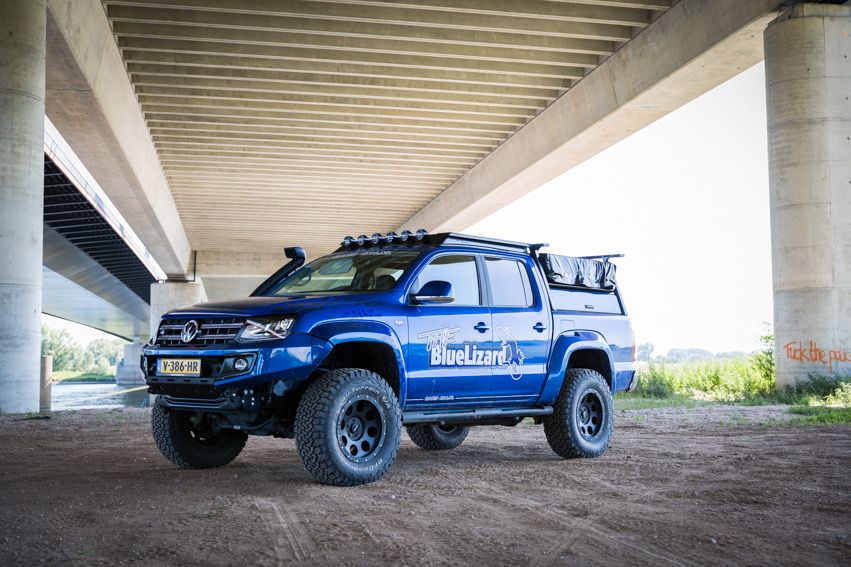Rear axles often don’t get the spotlight like engines or suspension, but when they go bad, they really make their presence known. We’re talking about weird noises, alignment issues, uneven tire wear, and in worst cases, loss of control.
A rear axle that stays aligned can make all the difference in handling, durability, and long-term cost of ownership. On the flip side, a faulty or poorly designed axle can turn even a decent car into a shop regular.
Some cars are built solid, with rear axles engineered to endure all kinds of stress—daily commutes, off-road abuse, and spirited driving. Others? Well, let’s just say they didn’t age well. Either the design was flawed from the get-go, or corners were cut during production. In both cases, the rear axles became notorious for headaches.
This article lists 5 vehicles known for having rear axles that hold alignment like champs, followed by 5 vehicles plagued with recurring rear axle issues. Whether you’re shopping for a car, researching before a big road trip, or just car-nerding out, this list could save you a lot of time, money, and frustration.
Let’s start with the rear axles that have earned their reputation for reliability.
ALSO READ: 5 Factory Tires That Actually Hold Up and 5 That Wear Fast
Rear Axles That Stay Aligned
In the world of trucks and performance vehicles, rear axle alignment isn’t just a detail—it’s a backbone issue. A misaligned rear axle can throw off handling, chew through tires, and turn even the toughest rig into a maintenance headache.
That’s why certain vehicles stand out for getting it right, delivering consistent rear axle alignment that holds true under pressure, weight, and miles of road abuse.
In this article, we’re highlighting the machines that nail this critical piece of engineering. Whether you’re hauling heavy loads, carving corners, or just want a ride that tracks straight for the long haul, these are the rear axles that stay planted and aligned like they were born for it.
1. Toyota Land Cruiser (J80 and J100 Series) – Bulletproof Engineering
The Land Cruiser’s solid rear axle is legendary in off-road and heavy-use communities. Toyota didn’t mess around when building the J80 and J100 series.
The rear axles are designed with durability in mind—full-floating axles, high-grade steel, and generous lubrication pathways. It’s a setup that rarely goes out of alignment unless you’re literally jumping cliffs or slamming into trees.
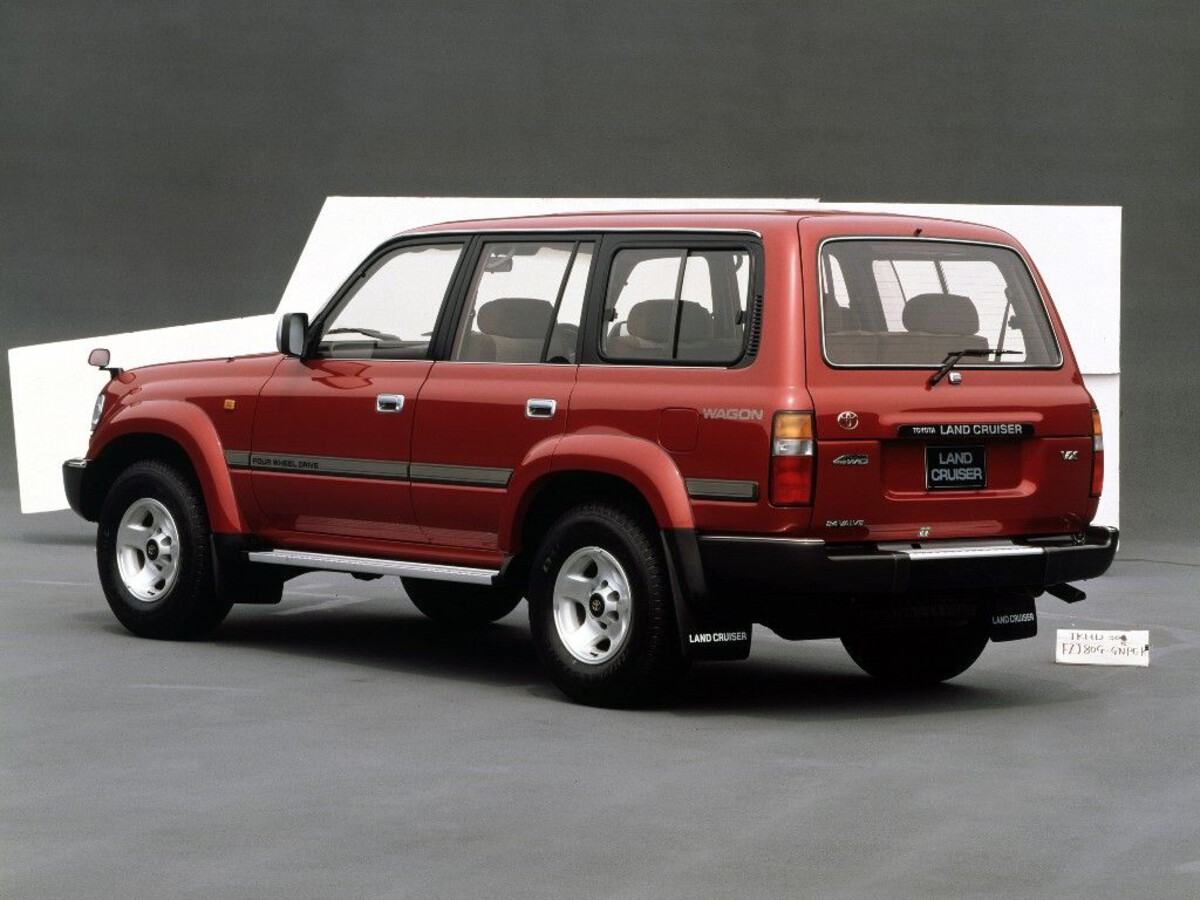
What’s especially impressive is how these axles stay centered even under full loads or over harsh terrain. The suspension and axle design work together to keep alignment solid. Owners report hitting 300,000+ miles with original axles and minimal servicing.
Add to that Toyota’s precise tolerances and robust differentials, and you’ve got a rear end that won’t quit. These vehicles are often used in humanitarian work, extreme travel, and military support roles—because people trust the axles not to fail when it really counts.
If you want a no-drama rear axle setup that’ll outlive most of your relationships, the Land Cruiser’s got you.
2. Ford F-150 (2009–2014 models) – Modern Strength with Smart Design
The 2009–2014 Ford F-150 struck a nice balance between old-school toughness and newer engineering. The 9.75-inch solid rear axle is built with beefy components and a smart design that resists bending and misalignment. Ford upgraded its rear axle assembly during this generation to improve towing stability and axle alignment over time.
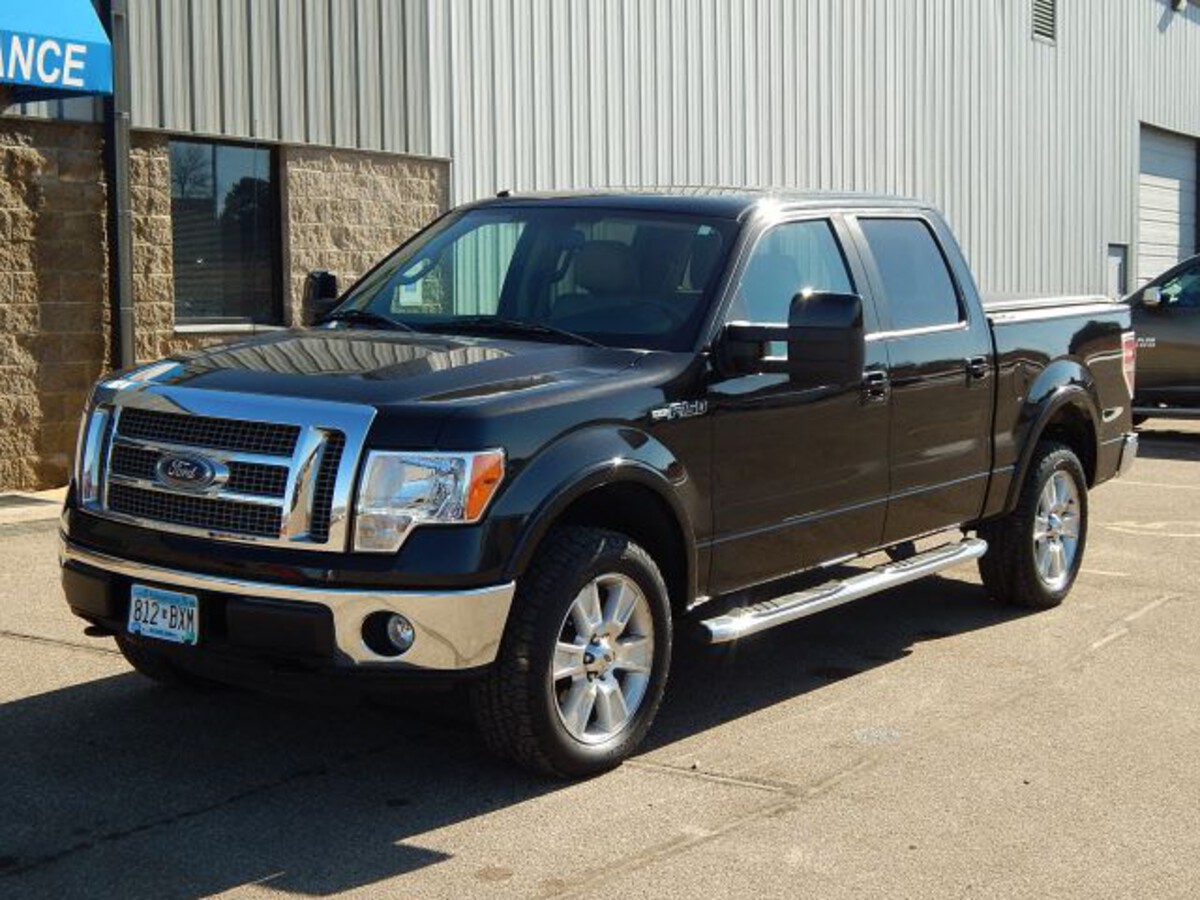
Even after hauling trailers, boats, and heavy equipment, these rear axles tend to stay straight. The design includes large axle tubes and a sturdy housing that can take punishment. Paired with leaf springs and strong mounts, alignment rarely drifts unless you’ve wrecked something.
Owners routinely get 150,000+ miles with minimal axle maintenance. Fleet trucks with constant use still hold alignment well, which tells you the engineering is on point. This isn’t the fanciest setup, but it’s dependable as hell.
If you’re buying a used truck and don’t want rear axle problems down the line, a 2009–2014 F-150 is a solid pick.
3. Jeep Wrangler JK (2007–2018) – Surprisingly Reliable Under Pressure
While Wranglers get bashed for some reliability quirks, the JK series (especially Rubicon models) nailed the rear axle game. Dana 44 rear axles with thicker axle shafts and reinforced housing give these Jeeps the backbone they need. Even after serious off-roading, the axles stay true.
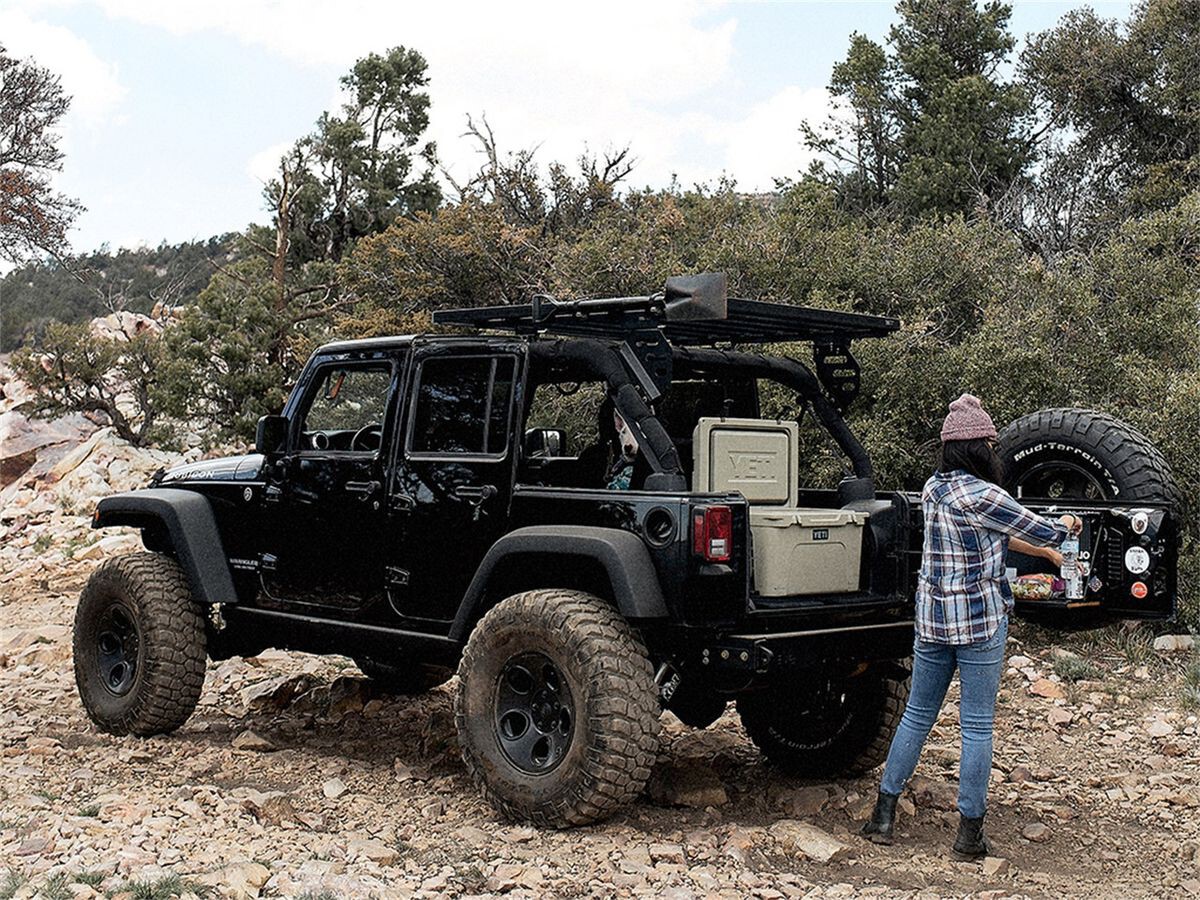
Wrangler JKs are built for articulation, and that requires axles that can flex and return to center without going out of alignment. The rear axle setup is designed to handle uptravel, droop, and uneven loads—all without messing up the geometry. That’s rare in off-road vehicles.
Of course, proper tire size and suspension mods matter. But even with 35s or 37s, as long as your install is clean, the stock rear axle stays strong and aligned. JK owners rarely report axle misalignment unless they’ve gone full rock-crawler or done a poor lift job.
Bottom line? Jeep nailed it on the rear end here.
4. Lexus LS400 (1990–2000) – The Quiet Overachiever
You wouldn’t expect a luxury sedan to be on this list, but the Lexus LS400’s rear axle design is a hidden gem. Designed for smoothness and longevity, this car was overengineered in typical ‘90s Toyota fashion. The rear suspension uses a multi-link independent setup that holds alignment incredibly well over time.
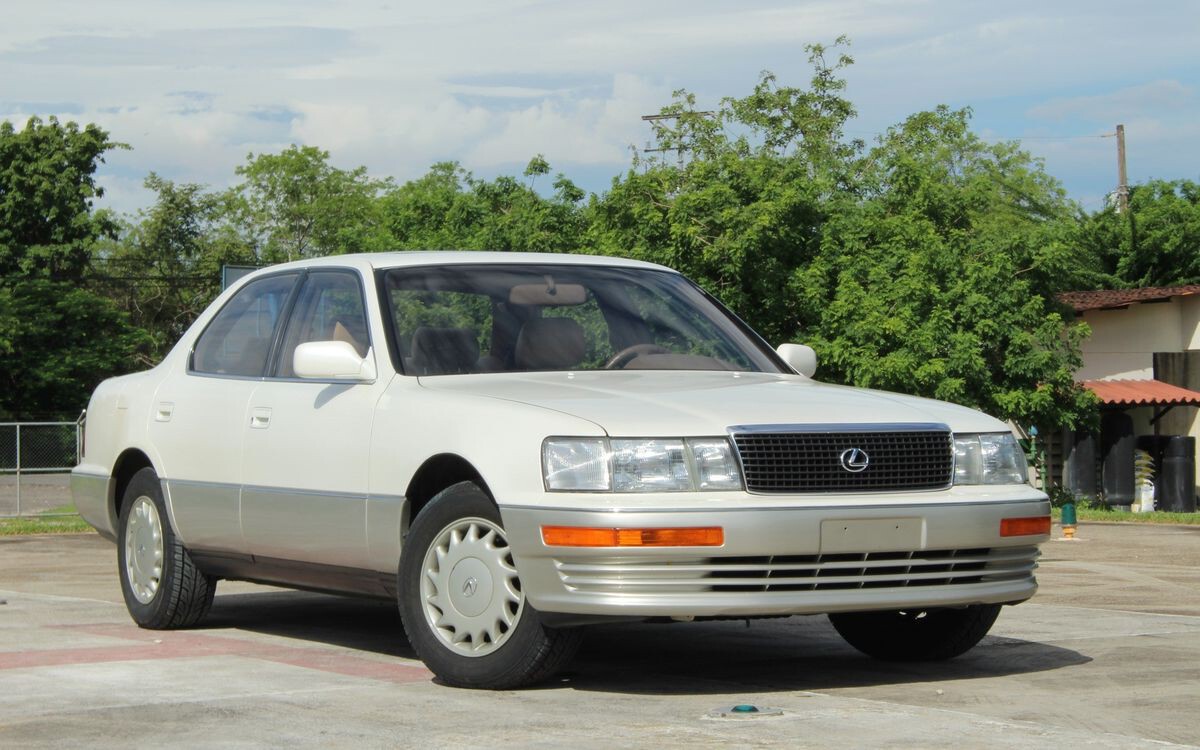
Even 30 years later, it’s common to see these cars riding straight and smooth, with no signs of rear-end issues. No weird tire wear. No drifting. No vibrations. Just smooth, predictable motion.
Owners love how little they need to touch the suspension and axle components, even with higher mileage. Lexus used high-grade bushings and geometry that distributes forces evenly across the rear subframe and axle mounts. That’s why this car feels as tight at 200,000 miles as it did at 50,000.
For anyone looking for a stress-free, reliable daily with zero axle drama, the LS400 is criminally underrated.
5. Subaru Outback (2015–2020) – AWD That Plays Nice with Its Rear Axle
Subarus sometimes get dragged for CVT issues or head gaskets (older ones), but the Outback’s rear axle setup in this generation is shockingly good. The symmetrical all-wheel-drive system works in harmony with an independent rear suspension to maintain alignment beautifully. Even after thousands of miles and rough roads, the rear stays steady.

It’s not a solid axle like in trucks, but it’s still tough and predictable. The rear subframe is well-mounted and absorbs road shocks without flexing out of shape. This matters especially in AWD cars where rear alignment impacts handling and wear patterns more than usual.
Even lifted Outbacks running mild off-road mods tend to stay aligned, which says a lot. Mechanics often comment on how “unremarkable” these are—and that’s a good thing. Fewer issues. Fewer realignments.
If you want an AWD daily that behaves well and doesn’t chew through tires due to rear-end funkiness, the Outback’s a solid win.
ALSO READ: 5 Cars with Bulletproof Electronic Systems and 5 That Short Out Easily
Rear Axles With Recurring Failures
When it comes to reliability, the rear axle plays a critical role in how a vehicle drives, tows, and holds up over time. But not all axles are built to last. Some have earned a reputation for recurring failures—whether it’s weak differentials, poor sealing, misalignment under load, or outright breakage.
These aren’t just rare cases either; owners across the board have reported the same frustrating issues, often leading to costly repairs and dangerous driving conditions.
In this article, we’re calling out the rear axles that consistently let drivers down. If you’re shopping used, towing heavy, or just want to avoid a mechanical nightmare, these are the systems to steer clear of.
1. Ford Explorer (2002–2005) – Rear End Nightmare
This era of the Explorer is practically famous for its rear axle problems. Owners constantly report whining noises, vibration at highway speeds, and uneven tire wear—classic signs of a rear axle out of alignment or with bad bearings. And here’s the kicker: replacing it doesn’t always fix it.
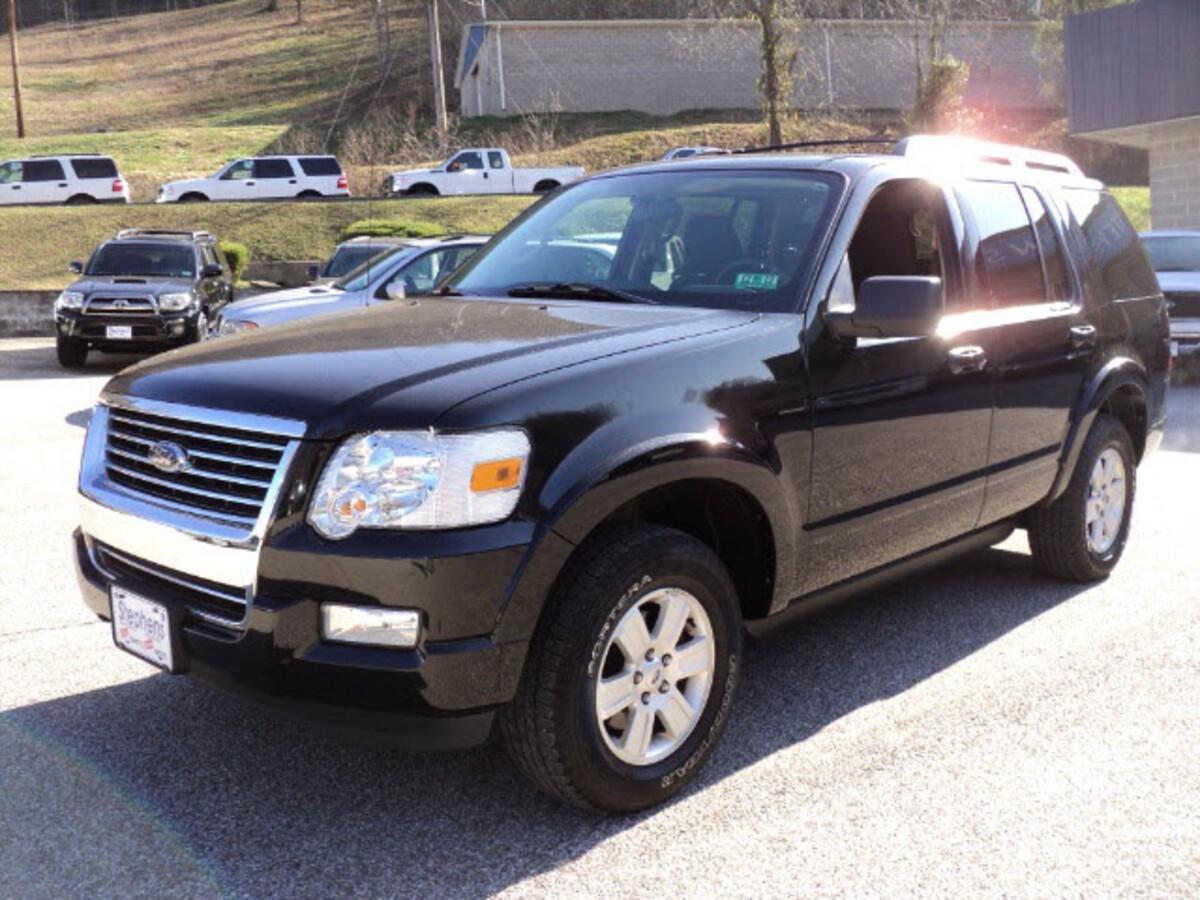
Ford went cheap here. The rear differential on the IRS (independent rear suspension) Explorers was known to wear out prematurely. The axle seals also leaked, leading to fluid loss and eventual failure. Combine that with poor geometry, and you’ve got a vehicle where the rear end is never truly right.
Mechanics often see these come in again and again for the same issues. It’s not a quick fix—it’s a design problem. If you’re looking at used SUVs, skip this generation entirely unless you like funding your mechanic’s vacation home.
2. Chevrolet Trailblazer (2002–2009) – Wobbly and Weak
The first-gen Trailblazer had promise, but its rear axle was a weak link. Solid axle, sure, but poor welds and weak housing materials meant it didn’t hold alignment well. Towing? Forget it. Even without towing, many owners reported clunking, leaks, and eventual misalignment.

The upper and lower control arms had bushing issues that accelerated axle misalignment. You’d get uneven tire wear and handling weirdness even at relatively low mileage. And when it starts, it doesn’t stop. You can realign it, but the geometry just doesn’t stay stable.
Chevy improved later designs, but this generation became known for axle slop and frustration. If you’re buying one, factor in the cost of replacing or reinforcing the rear end.
3. Nissan Pathfinder (2005–2012) – Axle Woes Meet Transmission Hell
The mid-2000s Pathfinder was a reliability grenade. Among its many issues, the rear axle was prone to alignment drift, worn bushings, and poor ride quality. It didn’t help that this generation also suffered from the infamous radiator-transmission cross-contamination problem. Yeah—fun combo.
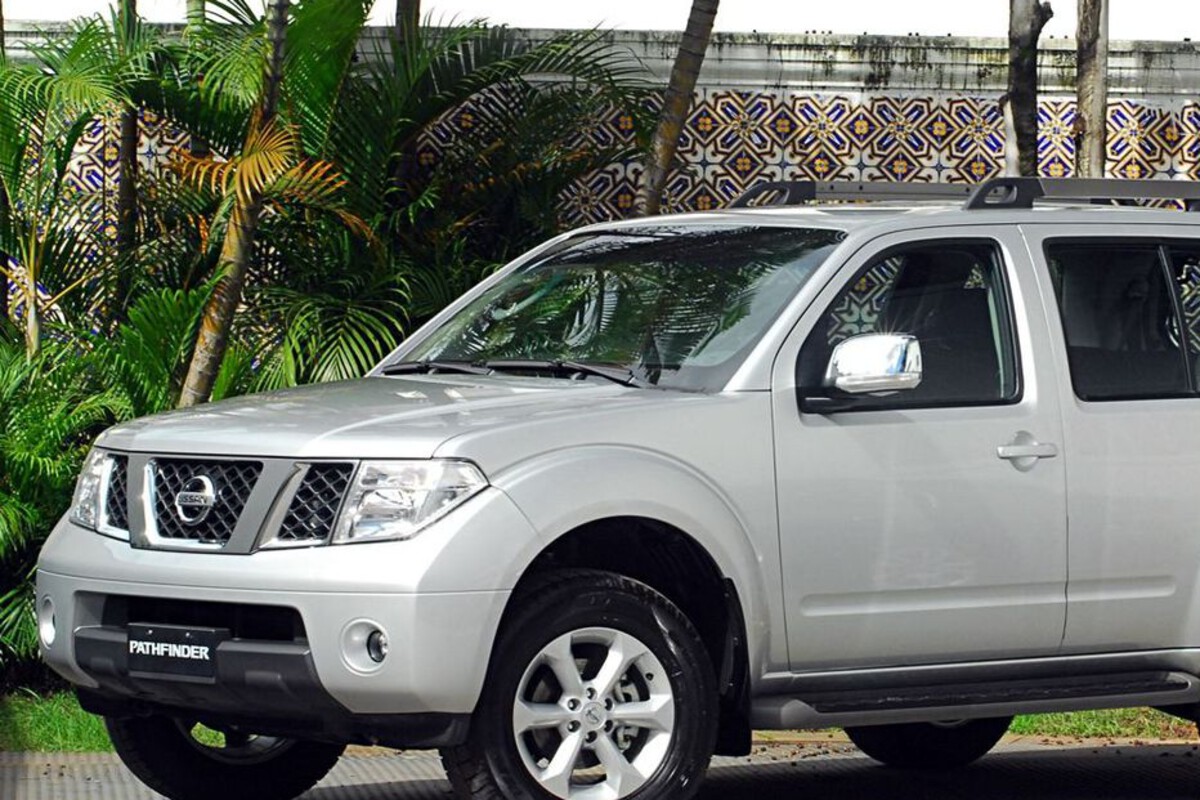
The rear axle bushings wear fast, especially in warm climates, causing misalignment that leads to rapid tire wear and poor stability. Owners complain about feeling like they’re constantly correcting the steering, even though it’s the rear end causing the chaos.
This generation of Pathfinders is a “run, don’t walk” situation if you want your suspension and axle to stay put.
4. BMW X5 (E53, 2000–2006) – Fancy Ride, Flimsy Rear End
The first-gen BMW X5 looked great on paper, but the rear suspension and axle setup were a nightmare long-term. Rear subframes crack. Axle shafts wear unevenly. Alignment drifts constantly, especially if you hit a pothole or two.
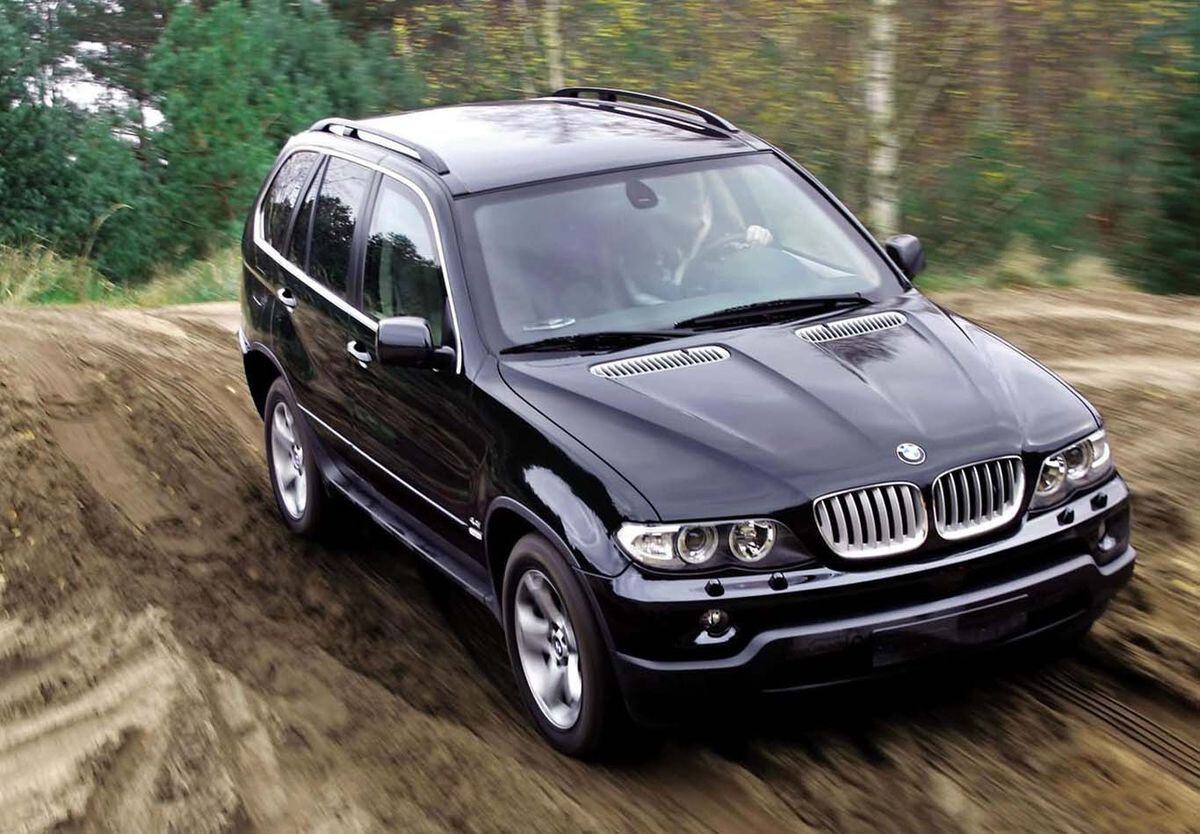
BMW went complex with the rear end here, but forgot that complexity doesn’t always equal durability. The bushings, control arms, and alignment bolts all wear or loosen faster than they should. As a result, the rear axle starts behaving like it’s had too many drinks.
Unless you’re ready for regular shop visits and expensive European parts, steer clear of these if rear-end reliability matters to you.
5. Dodge Caravan (1996–2007) – Budget Minivan, Budget Rear End
Here’s the thing: Dodge built the Caravan to be cheap and practical. Unfortunately, that meant some shortcuts in the rear suspension and axle setup. The axle beam in older Caravans is prone to bending and misalignment, especially if the van’s been overloaded (which is… always).
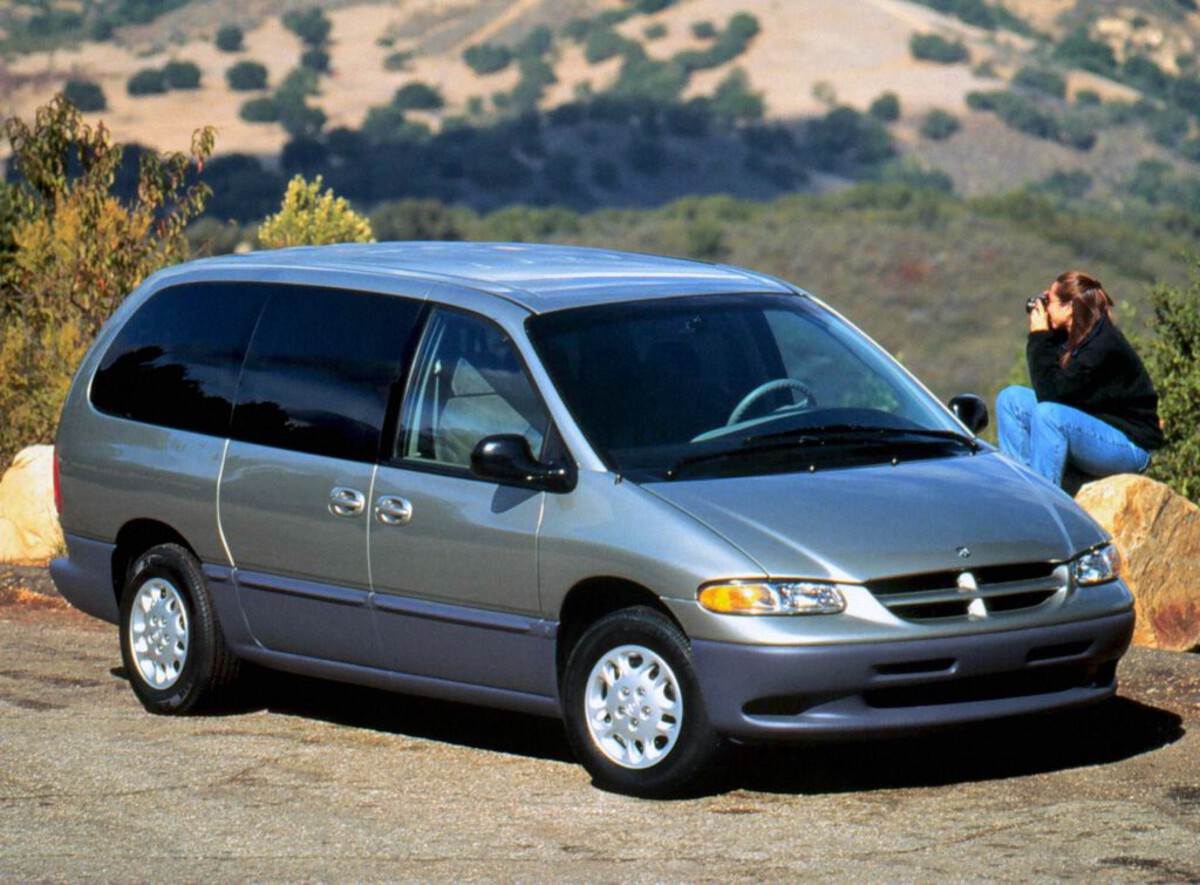
Rear tire wear issues are rampant. The axle bushings and mounts degrade fast, and even though it’s a simple beam axle, it just doesn’t hold its shape well over time. Alignment shops often give up on these and just tell people to rotate tires more often to hide the problem.
This isn’t catastrophic failure stuff, but it’s death by a thousand cuts. You’ll burn through tires and always feel like the van “just doesn’t drive right.”
Rear axles aren’t flashy, but they’re foundational. When they’re well-engineered, like in the Land Cruiser, F-150, Wrangler JK, Lexus LS400, and Subaru Outback, they give you peace of mind and long-lasting performance. No constant trips to the shop. No surprises. Just solid, aligned, predictable driving.
But when things go wrong, like in the Ford Explorer, Trailblazer, Pathfinder, X5, and Caravan, you get a rear end that keeps failing no matter what you replace. Some of these problems come from bad designs, some from poor-quality materials, and others from just plain neglect of the axle’s importance.
So if you’re car shopping or dealing with rear-end headaches, don’t ignore the axle situation. A good one won’t bother you. A bad one will make you question every road trip and tire change.
TL;DR: Choose the cars that build their rear axles like they expect you to drive, not like you’ll just be parking them in the garage forever.

